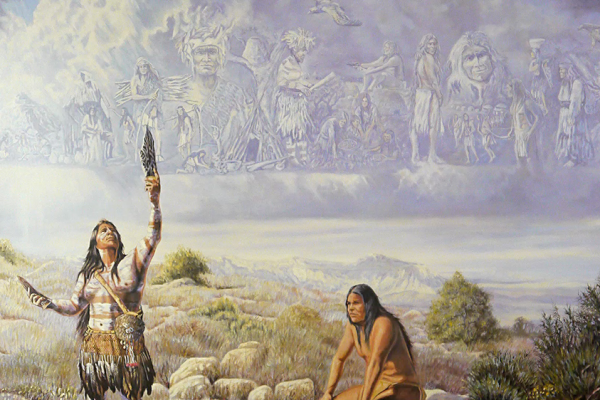History & Heritage
According to the Kumeyaay origin story, the Kumeyaay people have been here since the beginning of time.
Today, the beautiful terrain of the Kumeyaay Nation territory is where the counties of “San Diego” and “Imperial” have been superimposed by the non-Kumeyaay society. Sycuan is one of 12 Kumeyaay Nation Bands existing today which are original to the Kumeyaay territory north of the U.S.-Mexico border.
There are a total of 18 Indian reservations existing in relation to the counties of San Diego and Imperial (and in relation to Baja California, Mexico to the south), more than any other county of the United States.
The Kumeyaay people have lived and prospered in the beautiful and moderate climate of the Kumeyaay territory. Their ancestral lands from the Pacific Ocean to the sand dunes just west of the Colorado River, and some 75 miles north and south of the boundary line between Mexico and the United States.
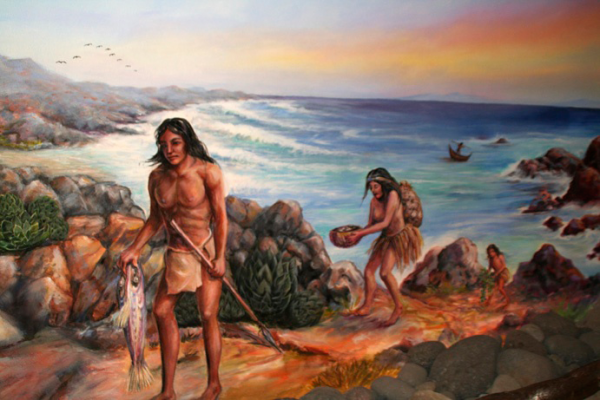
The traditional Kumeyaay were skilled hunters and innovative agriculturalists who achieved a sophisticated and scientific understanding of the plant and animal life, and waters of their territory.
The Kumeyaay ancestors maintained a spiritual way of life on the basis of their own language, cultural knowledge and identity, all of which are very much honored by contemporary Kumeyaay.
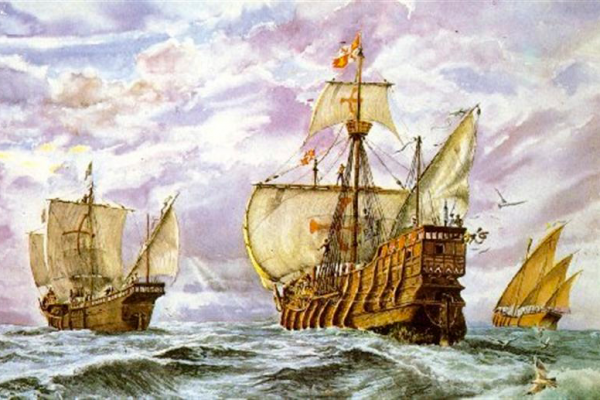
Through the generations since first white contact, the ravages of deadly diseases, such as small pox and measles, decimated great numbers of the Kumeyaay people, thus making it much more difficult for the Kumeyaay to defend their original liberty.
With Mexico’s defeat of the Spanish empire in 1821, the Kumeyaay had to contend with Mexican pretensions to Kumeyaay lands. Upon the transfer of power from Spain to Mexico, from the perspective of the Mexican government all Kumeyaay lands were transferred from Spanish control to Mexican control. According to the Kumeyaay people, however, Kumeyaay lands still rightfully belonged to the Kumeyaay nation, and for several more generations they were able to successfully defend most of their territory.
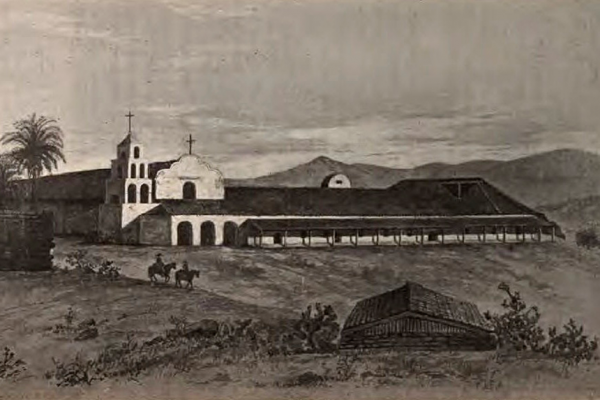
Tragically, from the establishment of Mission San Diego in 1769 through the end of the Mexican-American war in 1848, the Kumeyaay population declined dramatically, from nearly 30,000 to approximately 3,000.
In 1850, California was admitted as a State of the United States. The period from 1850 until the end of post-Civil War reconstruction was one of the worst times in Kumeyaay history.
Between 1851 and 1852, federal treaty commissioners negotiated 18 treaties with Indians in California. However, due to pressure exerted by California state government officials, the U.S. Senate refused to ratify the treaties, thereby leaving the Kumeyaay lands and territory unceded or relinquished by the Kumeyaay.
At California’s first State Constitutional Convention, those assembled voted to eliminate the Indians’ right to vote because they feared the potential power
of an Indian vote.
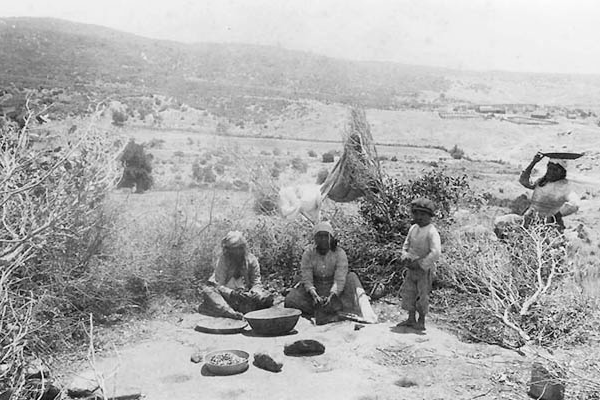
In 1875, after generations of terrible mistreatment of the Indians, the United States government, under the leadership of Ulysses S. Grant, signed a Presidential Executive Order setting aside specific lands in San Diego County for the exclusive use and residence of the Kumeyaay. The current 640 acre—one square mile—Sycuan Indian Reservation in Dehesa Valley was included in Grant’s Executive Order.
True, the beautiful Kumeyaay ancestral lands secured for the Sycuan Band of the Kumeyaay Nation were remote, harsh, and not well suited for farming, but the Sycuan people—because of their endurance, resilience, and intelligence managed to survive. In 1891, with passage of the Act for the Relief of the Mission Indians, the United States recognized the sovereign status
of the California Indians.
Today, the people of the Sycuan Band of the Kumeyaay Nation stand proud, making the most of their relatively small reservation land base. Mindful of their rich ancestral past, the self-reliant members of Sycuan are planning and working diligently for the benefit of their future generations.
